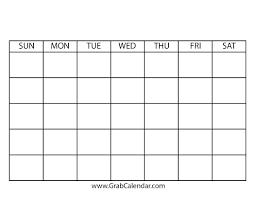OK Let's talk basketball :
1. When do I give up on ball coverage. ?? New lead to trail , ball enters frontcourt on strongside. Trail on ball. Dribbler now dribbles above the top of the circle , middle of court. He now advances towards the center near FTLL extended. Trail takes a quick look at center officials to see if he is on the ball. If he is get off the ball and focus your eyes into the lane area as you start to move towards your new center position. When moving don't run. Move with an accelerated pace. Open your vision and see as many players as possible. Big picture mentality. If you move in this fashion you will see the activity in the lane area and elbow area. Because moving with shoulders open gives you wider vision to see as many players as possible. What happens is if trail continues on ball chances are we will have double coverage on ball with center and trail. This is why we miss plays at the foul line , and elbow. You must at all times know where your partners are looking.
2. Same with trail and lead strongside. Ball now goes below FTLE either with a pass or dribble. Trail takes a look at the lead if he goes to the ball , trail goes to low post coverage on the strongside. Let's say that the ball is passed into the corner on the strongside or in that dual area of coverage as the NCAA mechanics book states. What the book does not actually tell you is how you adjust when the ball is in dual areas of coverage. It states officials must be aware of other officials' positions. Ok here is how you know. Ball goes into a dual coverage trail takes a look at where the lead is officiating. If he is on the ball , go off the ball to low post lane areas. See as many players as possible. Big picture mentality. If he is off ball , stay on ball. so if the ball is in the corner take a peek as to where the lead is officiating. He may have a low post match up that he feels he needs to stay with. Trail now goes to the corner and referees the play. If lead is officiating the corner activity go off ball into lane as we mentioned.
3. Body Positions. When working in the lead position always take a position where you are looking into the lane. Think of it this way. Belly in the paint. Or my foot pointed to the paint. You do not want to have your shoulders parallel to the baseline. That promotes tunnel vision. Your new position will promote open lanes of vision, Wide angles to see the play. Also it tells your partners where you are officiating. This is the same position you take in the trail position.It simply opens up your views to see as many players as possible.
4. Moving towards your new position after a foul , non shooting always keep eyes on players.
5. Same when a time out is called. Watch players going to their benches.
6. Do not take anything for granted.
7. One of my pet peeves. When you call the 6th foul on a team we know the next one we are in the penalty. Therefore , when the next one is called we immediately go to our FT positions and not to where we are going to put the ball in play. Only to have the table tell us we are now in the bonus. Communicate some way to your partners that the next one we are in the penalty. Tip you may wish to use : When I was in the NBA we had a signal that we used to alert our partners that the next foul we are in the penalty. It was not a NBA mechanic. It was just something that most of us did. Before the ball was put in play the administering official would just give a little chopping motion to his arm which meant next one we are in the penalty. Some of the guys just got eye contact before the throw in and verbally stated the next one in the penalty with a circle of the hand. Whatever you feel is good for your crew, give it a try. Believe me when we look like we are in command it goes far.
Thanks. Send me names if you wish to grow our knowledge. You can also email me if you have any questions or issues to talk about. Angelo




